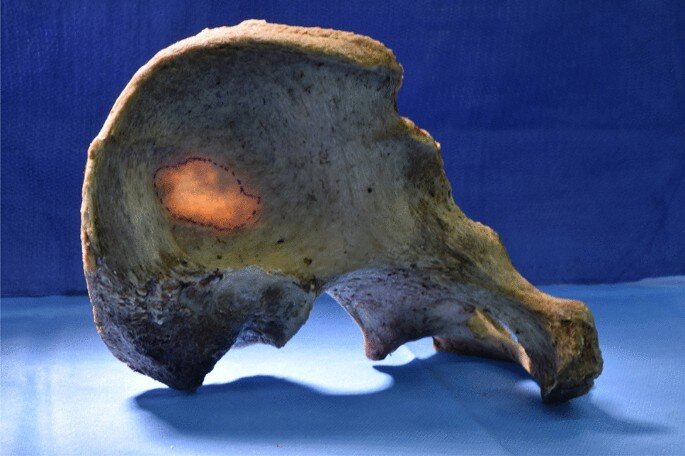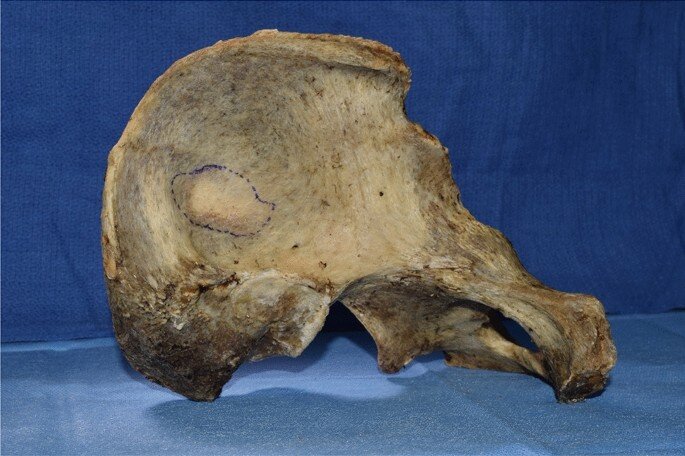Osteology of the ilium revised: illuminating the clinical relevance
Eur J Trauma Emerg Surg. 2020 Sep 4. doi: 10.1007/s00068-020-01482-2.Online ahead of print.
Alexander von Glinski, Sven Frieler, Emre Yilmaz, Basem Ishak, Ryan Goodmanson, Joe Iwanaga, Thomas A Schildhauer, Jens R Chapman, Rod J Oskouian, Keith Mayo, R Shane Tubbs
Abstract
Background: Several studies on anterior and posterior pelvic ring fixation have identified a fragile monocortical area located at the iliac wing. However, there are no current studies regarding this structure's dimensions and relation to known anatomic structures.
Methods: Eleven human ilia were dissected from 6 specimens. After debulking soft tissue, photoluminescence was used to indicate the fragile area. The size and thickness of the iliac wing were determined and mapped in relation to the anterior superior iliac spine (ASIS) and the posterior superior iliac spine (PSIS).
Results: This photoluminescent unicortical area measured 15.57 cm2 with a mean minimal thickness of 1.37 mm at its thinnest part. Its average diameter was 41.15 mm horizontally and 37.45 mm vertically. In all cases, it was located at the middle third of the ilium with a mean distance of 64.58 mm to the AIIS and 62.73 mm to the PSIS. Trajectory angulation above 4.5° from the PSIS lead to violation of this area.
Conclusion: This study provides useful anatomical information regarding a thin unicortical area at the iliac wing that is relevant to anterior and posterior pelvic ring fixation and the potential complications that can arise from iatrogenic perforation of this area.
Keywords: Ilium osteology; Pelvic anatomy; Sacropelvic fixation; Tricortical iliac graft.




